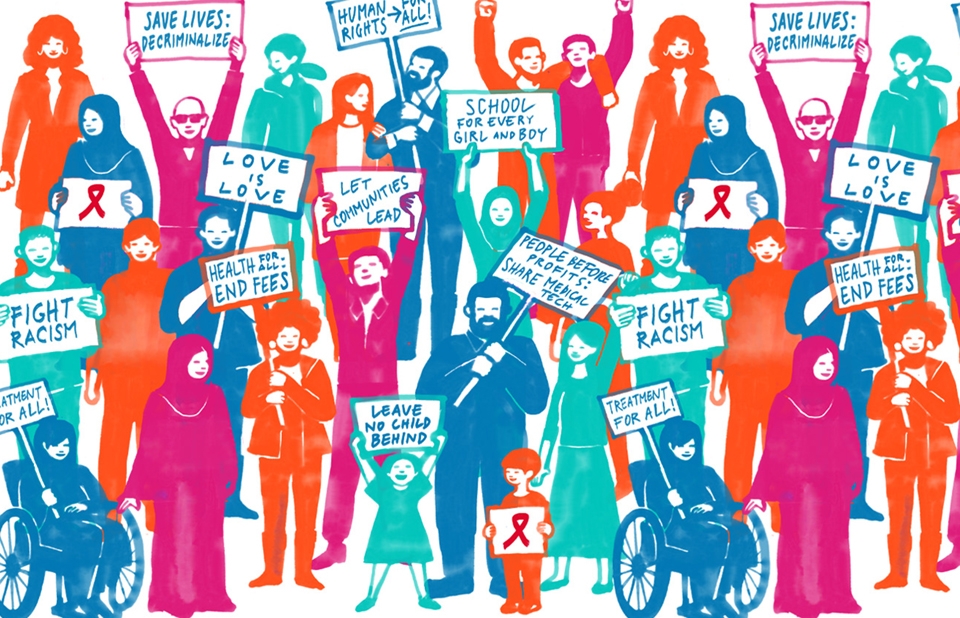WTS-Boston DEI in Motion - World AIDS Day
World AIDS Day
World AIDS Day is a global movement to unite people in the fight against HIV and AIDS, recognized on December 1st each year. Since 1988, communities have stood together on World AIDS Day to show strength and solidarity and to remember lives lost. In the United States, approximately 1.2 million people have HIV and over 39 million people across the globe.[1]
While individuals with HIV in 2023 can expect to live a long and healthy life if treated, many who are living with HIV or AIDS today do not have equal access to care. HIV has a disproportionate impact on certain populations in the USA and across the world. Within the US:
- Women subjected to intimate partner violence face up to a 50% higher chance of acquiring HIV.
- Gay, bisexual, and other men who have sex with men (MSM) face a higher risk – 70% of new HIV cases in 2021 were among gay, bisexual, and men who reported male-to-male sexual contact.2
- Black/African American individuals accounted for 40% of the new HIV infections in 2021, but only made up 12% of the US population.2
- Hispanic/Latino individuals accounted for 29% of the new infections in 2021, but only made up 18% of the US population.[2]
Outside of the United States, the effects of HIV are profound on marginalized populations. In sub-Saharan Africa, adolescent girls and women are three times more likely to acquire HIV than their male counterparts. However, one study showed that enabling girls to stay in school until they complete a secondary education reduces their vulnerability to HIV infection by up to 60%. Additionally, adults and children see inequalities in access to treatment. In 2021, children accounted for only 4% of people living with HIV but 15% of all AIDS-related deaths. Around the world, 68 countries still criminalize same-sex sexual relations. A study showed that in African countries that criminalize same-sex sexual relations, gay men and other men who have sex with men are three times less likely to know their HIV status than their counterparts living in countries with less repressive laws.[3]
The steps forward start with equality – equalizing access to rights, equalizing access to service, and equalizing access to the best science and medicine. Progress has been made through the introduction of medicines like antiretroviral therapy (ART) and Pre-Exposure Prophylaxis (PrEP)- since 2010, there has been a 38% decline in new HIV infections and 59% since its peak in 19952.
To get involved this World AIDS Day, consider wearing a red ribbon as a symbol of support, get tested for HIV, and share with others to honor the activists and campaigners who’ve driven change since the 1980s.

[1] https://www.hiv.gov/hiv-basics/overview/data-and-trends/global-statisti…
[2] https://www.hiv.gov/hiv-basics/overview/data-and-trends/statistics/
[3]https://www.unaids.org/en/resources/presscentre/pressreleaseandstatemen…